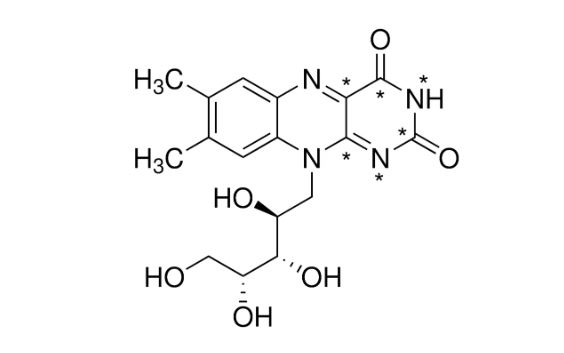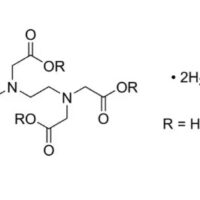Description
from Eremothecium ashbyii, ≥98%
Synonyms: Lactoflavin, Vitamin B2, Vitamin G
Empirical Formula (Hill Notation): C17H20N4O6
General description
Riboflavin belongs to the vitamin-B family and contains a pentose side chain ribitol.
Application
Riboflavin has been used:
- to check the role of riboflavin diet in rats
- as a supplement in HECM-6 medium (hamster embryo culture medium)
- as a supplement in the bacterial basal media
Biochem/physiol Actions
Riboflavin is a key component of the redox cofactors flavin adenine dinucleotide (FAD) and flavin mononucleotide (FMN) that are used by a wide variety of flavoprotein oxidoreductases, dehydrogenase(s), decarboxylase(s) and electron transporters. Riboflavin is involved in various cellular processes, including β oxidation in lipid metabolism, glucose metabolism, protection from cellular oxidative injury, DNA and RNA metabolism, gluconeogenesis, erythropoiesis and generation of corticosteroids.[1] Riboflavin deficiency causes ariboflavinosis with symptoms such as sore throat, hyperemia, edema of oral and mucous membranes, cheilosis and glossitis.
PROPERTIES
biological source
Eremothecium ashbyii
Pack Size
25 g
Assay
≥98%
form
powder
color
yellow to orange
mp
290 °C (dec.) (lit.)
storage temp.
room temp





Reviews
There are no reviews yet.